Chuseok Agricultural Specialty Products Seoul Market (추석 농수특산물 서울장터)
14.7Km 2024-09-04
12 Eulji-ro 11-gil, Jung-gu, Seoul
+82-2-2133-6658
Chuseok Agricultural Specialty Products Seoul Market is held at Seoul Plaza, providing Seoulites with the opportunity to purchase high-quality agricultural specialty products from across the nation in one location.
Autumn and Winter of the Lake and the Luminaries (호수의 가을과 겨울,그리고 루미나리에)
14.7Km 2024-11-21
206 Songpanaru-gil, Songpa-gu, Seoul
+82-2-2147-2110
The 2024 Autumn and Winter of the Lake and the Luminaries Festival is held with a theme of "Dream, Universe & Love." The Luminaries Festival, a repesentative festival of Songpa-gu during autumn and winter, lights up the areas of Seokchonhosu Lake with illuminations, photo zones and more. Various events and performances are planned throughout the festival for visitors to enjoy.
Italyjae (이태리재)
14.7Km 2017-02-01
74-9, Yulgok-ro 1-gil, Jongno-gu, Seoul
Itaejae, located in a refined side street in Sogyeok-dong, offers authentic traditional Venetian-style Italian cuisine at a reasonable price.
Imone Gopchang - Chungmuro Branch (왕십리이모네곱창 충무로국민은행골목)
14.7Km 2021-04-08
38-1, Chungmu-ro, 2-gil, Jung-gu, Seoul
+82-2-2282-0878
This Korean cuisine is located near Chungmuro Station, Seoul. The representative menu is grilled beef small intestine. A restaurant specializing in Korean-style grilled intestines.
Korean Craft Hall (한국공예관)
14.7Km 2021-07-08
33, Insadong-gil, Jongno-gu, Seoul
+82-2-720-3301
The Korean Craft Hall, located in Insa-dong, displays and sells Korean crafts by artists in Cheongju. It presents over 100 different kinds of crafts including crafts related to Jikji (the oldest remaining book in the world using the metal printing method). Customers are exposed to rich informaton on Jikji and the International Craft Biennale. Main products include neckties (using metal printing), pottery, textile crafts, jewelry, and products using Korean traditional patterns and handwritings.
Jidaebang (지대방)
14.7Km 2021-03-29
33, Insadong-gil, Jongno-gu, Seoul
+82-2-738-5379
It is a traditional tea house where you can learn how to drink tea. This cafe is located in Jongno-gu, Seoul. The representative menu is chrysanthemum tea.
Insa-dong Antique Art Street (인사동 고미술거리)
14.7Km 2025-03-16
29 Insadong-gil, Jongno-gu, Seoul
+82-2-732-2235
As of today, there are approximately 70 shops in the Insa-dong area that sell antique arts. Some of the products they sell include antique artworks, porcelains, woodcrafts, and metalwork. Visitors may even find rare and valuable products such as earthenware from the Silla period or white porcelain used in the Joseon dynasty. Each shop is a specialty store, authorized to sell product types that are of their expertise, ranging from antique furniture and traditional artworks to handcrafted items.
Pildong Myeonok (필동면옥)
14.7Km 2024-03-07
26, Seoae-ro, Jung-gu, Seoul
+82-2-2266-2611
Pildong Myeonok specializes in authentic pyeongyang naengmyeon (pyeongyang cold buckwheat noodles). Their signature dish is Pyeongyang naengmyeon (Pyeongyang cold buckwheat noodles), which has a light and refreshing broth and chewy noodles. Mandu and Mandut guk (Mandu soup) are also popular dishes to go with it. Having been selected for the Michelin Guide Seoul 2023, this restaurant is a favorite among locals and tourists alike for its flavorful noodles.
Ipamnamu - Insa Branch [Tax Refund Shop] (이팝나무 인사)
14.7Km 2024-04-18
4, Insadong 5-gil, Jongno-gu, Seoul
-
Ssamzigil (쌈지길)
14.7Km 2025-06-19
44 Insadong-gil, Jongno-gu, Seoul
Ssamzigil is an Insa-dong landmark and a shopping mall specializing in crafts. It is a place where the traditions of Korea come together with its present. Follow the paths that lead seamlessly from the lower floors to the upper floors and browse the small craft shops that inhabit the floors. You can find both works of traditional craft and contemporary craft here. Some craft shops also offer craft experiences, and one can also find restaurants and galleries within the complex.

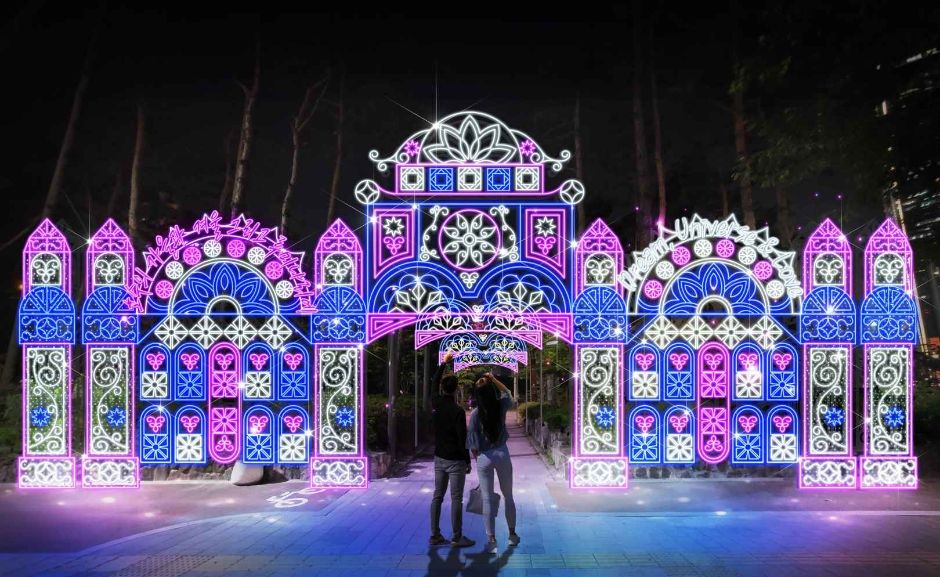
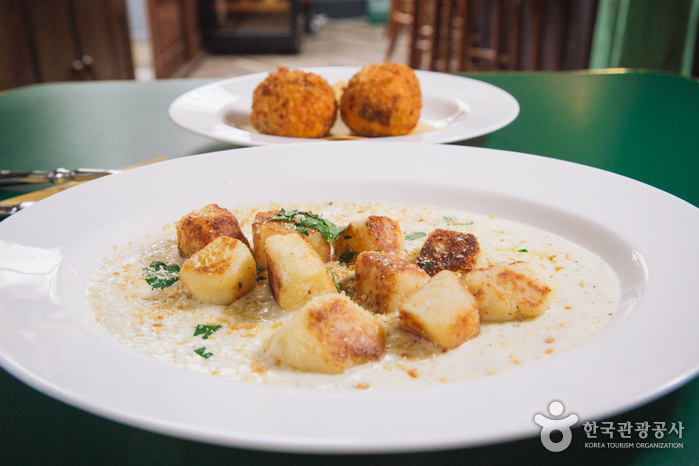
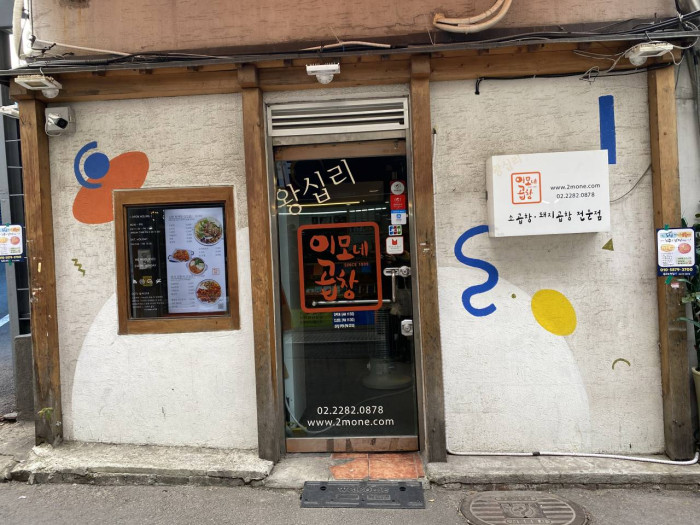
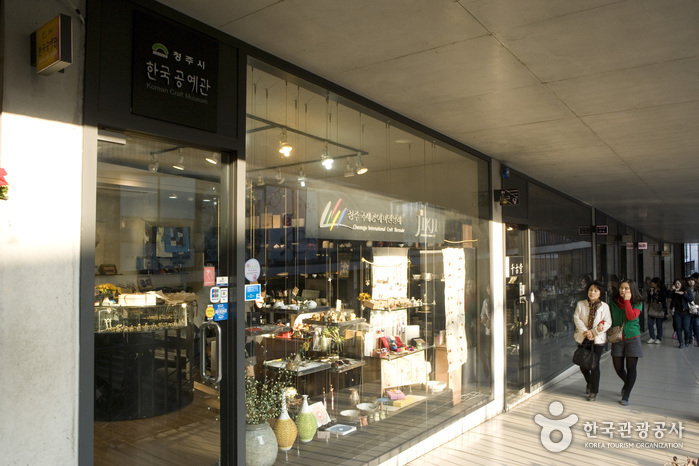
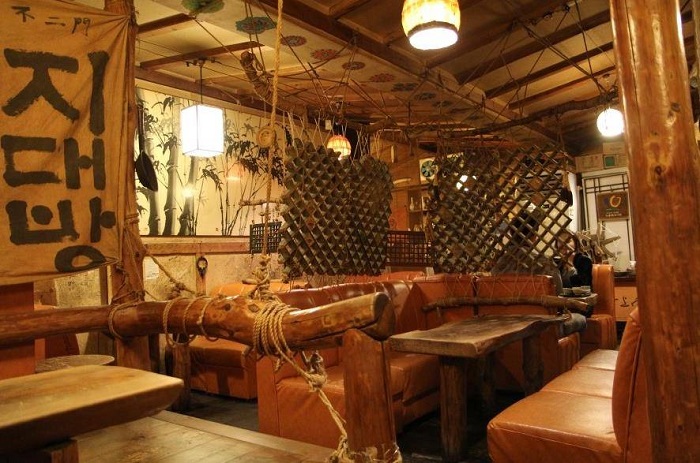
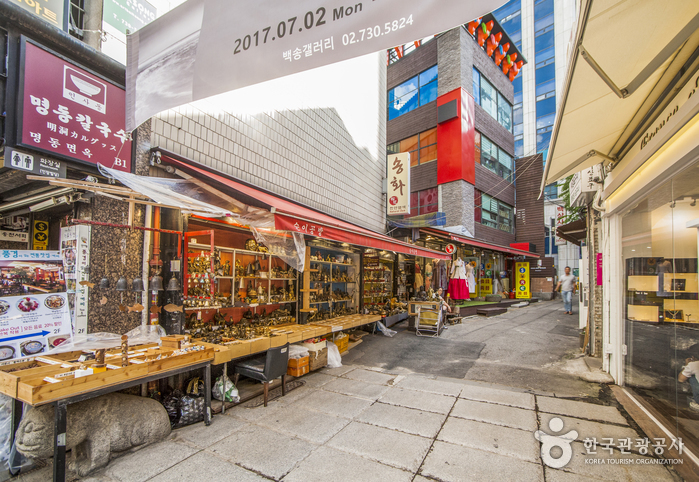
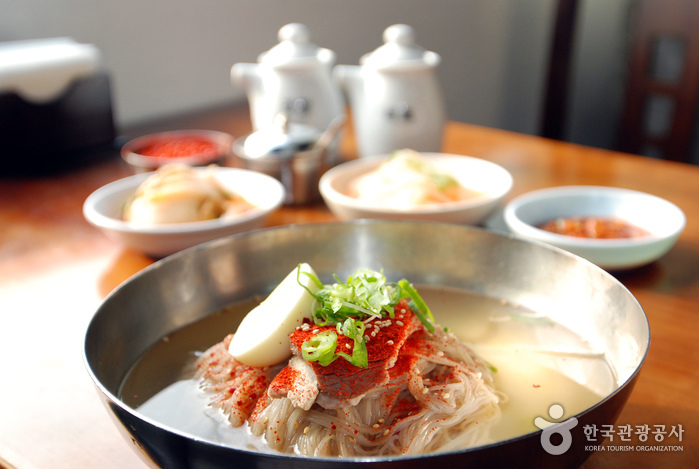
![Ipamnamu - Insa Branch [Tax Refund Shop] (이팝나무 인사)](http://tong.visitkorea.or.kr/cms/resource/08/2878208_image2_1.jpg)
 English
English
 한국어
한국어 日本語
日本語 中文(简体)
中文(简体) Deutsch
Deutsch Français
Français Español
Español Русский
Русский